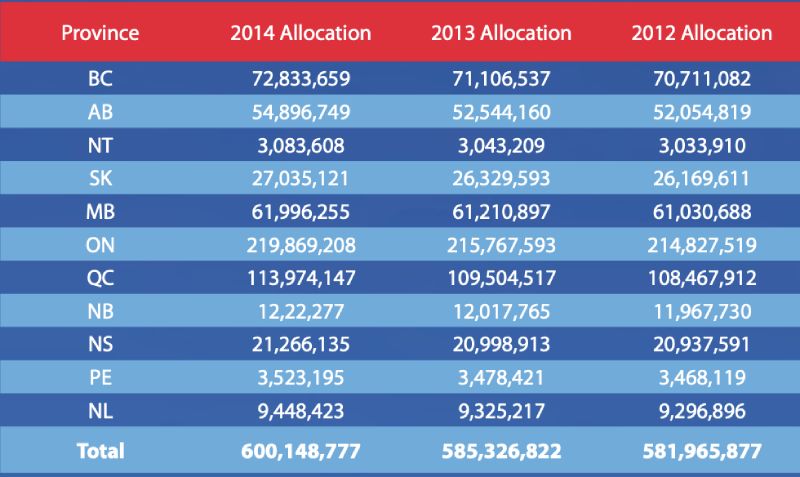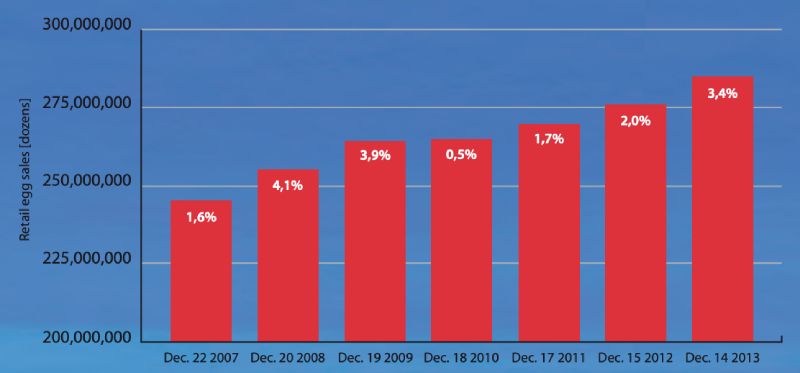 Linkedin
Linkedin
Canadian egg farmers operate under a system of Supply Management that ensures the needs and requirements of both farmers and consumers are met. The system is run by the farmers who agree to regulation of sales of their product in exchange for receiving a fair return.


